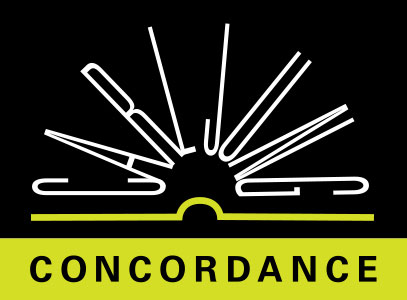Brahman constitutes not only a state but also a processa continuing creative condition which may be understood as follows:
EXTERNAL OPPOSITES DENIED
PARTICIPATION IN THE PSYCHE
Brahman requires that external opposites, such as heat and cold, first be denied participation in the psyche, and then extreme fluctuations of emotion, such as love and hate
CW6 ¶ 329PSYCHIC OPPOSITES
Fluctuations of emotion are, of course, the constant concomitants of all psychic opposites, and hence of all conflicts of ideas, whether moral or otherwise. We know from experience that the emotions thus aroused increase in proportion as the exciting factor affects the individual as a whole
CW6 ¶ 329BRAHMAN AS THE STATE
OF REDEMPTION AND GOD
The Indian purpose is therefore clear: it wants to free the individual altogether from the opposites inherent in human nature, so that he can attain a new life in Brahman, which is the state of redemption and at the same time God. It is an irrational union of opposites, their final overcoming. Although Brahman, the world-ground and world-creator, created the opposites, they must nevertheless be cancelled out in it again, for otherwise it would not amount to a state of redemption
CW6 ¶ 329UNION AND DISSOLUTION
OF ALL OPPOSITES
Brahman is the union and dissolution of all opposites, and at the same time stands outside them as an irrational factor. It is therefore wholly beyond cognition and comprehension. It is a divine entity, at once the Self (though to a lesser degree than the analogous Atman concept) and a definite psychological state characterized by isolation from the flux of affects
CW6 ¶ 330RELEASE FROM AFFECTS
Since suffering is an affect, release from affects means deliverance. Deliverance from the flux of affects, from the tension of opposites, is synonymous with the way of redemption that gradually leads to Brahman
CW6 ¶ 330BRAHMAN EXPRESSED BY SYMBOLS
Brahman is thus not only a state but also a process, a durée créatrice. It is therefore not surprising that it is expressed in the Upanishads by means of symbols I have termed libido symbols
CW6 ¶ 330BRAHMAN SUN
Brahman is not only the producer but the produced, the ever-becoming. The epithet “Gracious One” (vena), here bestowed on the sun, is elsewhere applied to the seer who is endowed with the divine light, for, like the Brahman sun, the mind of the seer traverses “earth and heaven contemplating Brahman.” The intimate connection, indeed identity, between the divine being and the Self (Atman) of the man is generally known
CW6 ¶ 332BREATH OF LIFE AND
THE COSMIC PRINCIPLE
Brahman is also prana, the breath of life and the cosmic principle; it is vayu, wind, which is described in the Brihadaranyaka Upanishad (3.7) as “the thread by which this world and the other world and all things are tied together, the Self, the inner controller, the immortal”
CW6 ¶ 334BRAHMAN AS THE VITALISTIC-PRINCIPLE
Brahman is conceived in the Atharva Veda as the vitalistic-principle, the life force, which fashions all the organs and their respective instincts
CW6 ¶ 335BRAHMAN CONCEPT
COINCIDES WITH LIBIDO
Even man's strength comes from Brahman.The Brahman concept, by virtue of all its attributes and symbols, coincides with that of a dynamic or creative principle which I have termed libido
CW6 ¶ 336BRAHMAN AS PRAYER, INCANTATION,
SACRED SPEECH AND SACRED KNOWLEDGE
The word Brahman means prayer, incantation, sacred speech, sacred knowledge (veda), holy life, the sacred caste (the Brahmans), the Absolute
CW6 ¶ 336